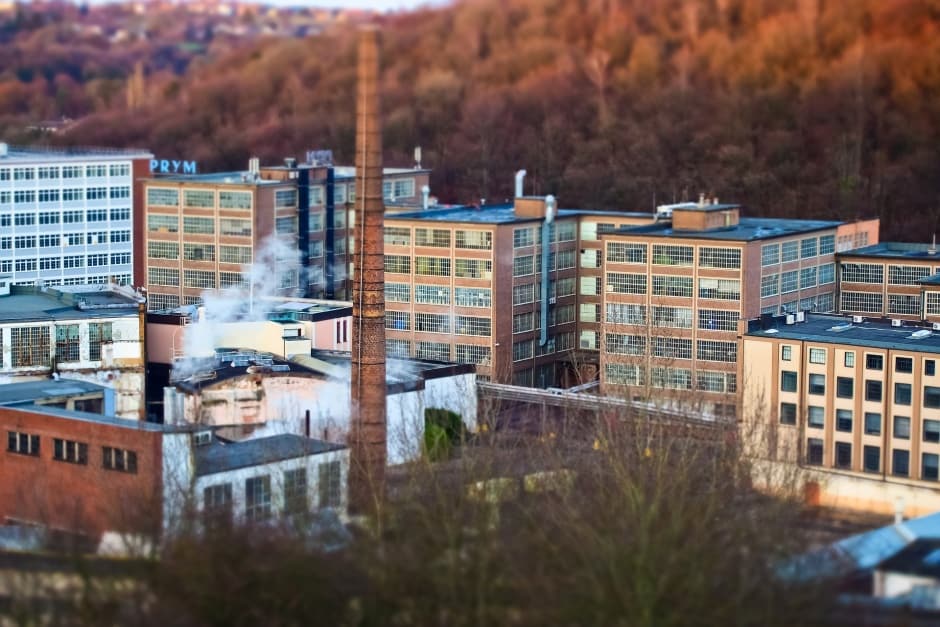 Sean Robinson of Novotek explains why choosing the right manufacturing execution system (MES) is crucial in achieving lean operations.
Sean Robinson of Novotek explains why choosing the right manufacturing execution system (MES) is crucial in achieving lean operations.
Lean manufacturing has for many years been something that many industrial companies have strived towards. The focus on reducing waste to improve operations has proved so valuable that it has become a management philosophy in many sectors
Benjamin Franklin once noted that “he that idly loses five shillings worth of time, loses 5s and might as prudently throw 5s into the river”. While the currency may have changed, the philosophy remains pertinent to this day; less time wasted is more money saved and generated. But as any business that has attempted to implement lean manufacturing will know, getting your money’s worth out of every minute is no easy feat.

Lean manufacturing focuses on reducing the waste from a company’s operations and processes. The term waste is generally taken to mean anything that does not add value to the customer, such as line changeover time or unplanned downtime. A
business striving to be lean aims to reduce this non-value-added time (NVAT) by curating a culture of continuous improvement.
Part of this culture is underpinned by a lean principle known as genchi genbutsu, meaning “go and see”, which outlines that managers should themselves see the facts and reality of an operation before deciding on the appropriate action.
However, modern plants feature more devices and systems than they did when the lean philosophy was conceived. As such, observing these in a meaningful way, without devoting too much time to it, is increasingly challenging as plant setups become more complex. For many modern businesses, the insight into processes and systems required to implement lean manufacturing is only possible with an MES.
For example, using GE Digital’s Predix MES software suite can allow plant managers to not only aggregate performance data from individual assets throughout a plant, but also to track the routing of production orders and even manage their supply chain. Plant managers can achieve this using the Plant Applications, Production Manager and Tracker software in the suite.
For industrial plant managers trying to get lean, Production Manager is particularly valuable. This software digitalises the operations on a production line, allowing for detailed insight into the real-time status of processes. Not only this, but it also allows supply chain managers to have real-time insight into outsourced operations. Effectively, plant managers and operation engineers could use this to keep their supply chain controlled, spare part inventory well-maintained and operations lean.
As the UK’s exclusive provider of GE Digital systems and software, Novotek UK and Ireland has seen first-hand how Production Manager can help a business get more from its assets and operations. In fact, GE Digital has noted that businesses often experience a 1.95 per cent increase in productivity using Production Manager alone.
Alongside this, Tracker is ideal for tracking the route of product orders through facilities. This helps managers spot areas of production that are operating less efficiently, allowing them to then look at their historian software and the MES to view granular data on individual processes in that area.
Tracker also collects and monitors genealogy information for parts, which is especially useful for food and beverage companies that need to track the source and time spent in processing ingredients and products.
An effective MES is an integral part of plant operations and, while it will not make a business lean overnight, it is one of the best first steps to adopting lean practices. There’s little point trying to cut waste in your plant’s processes without first being certain which part of your operations are idly losing valuable time.
Sean Robinson is service leader at industrial automation software expert Novotek UK and Ireland










Water Sector Talent Exodus Could Cripple The Sector
Maybe if things are essential for the running of a country and we want to pay a fair price we should be running these utilities on a not for profit...